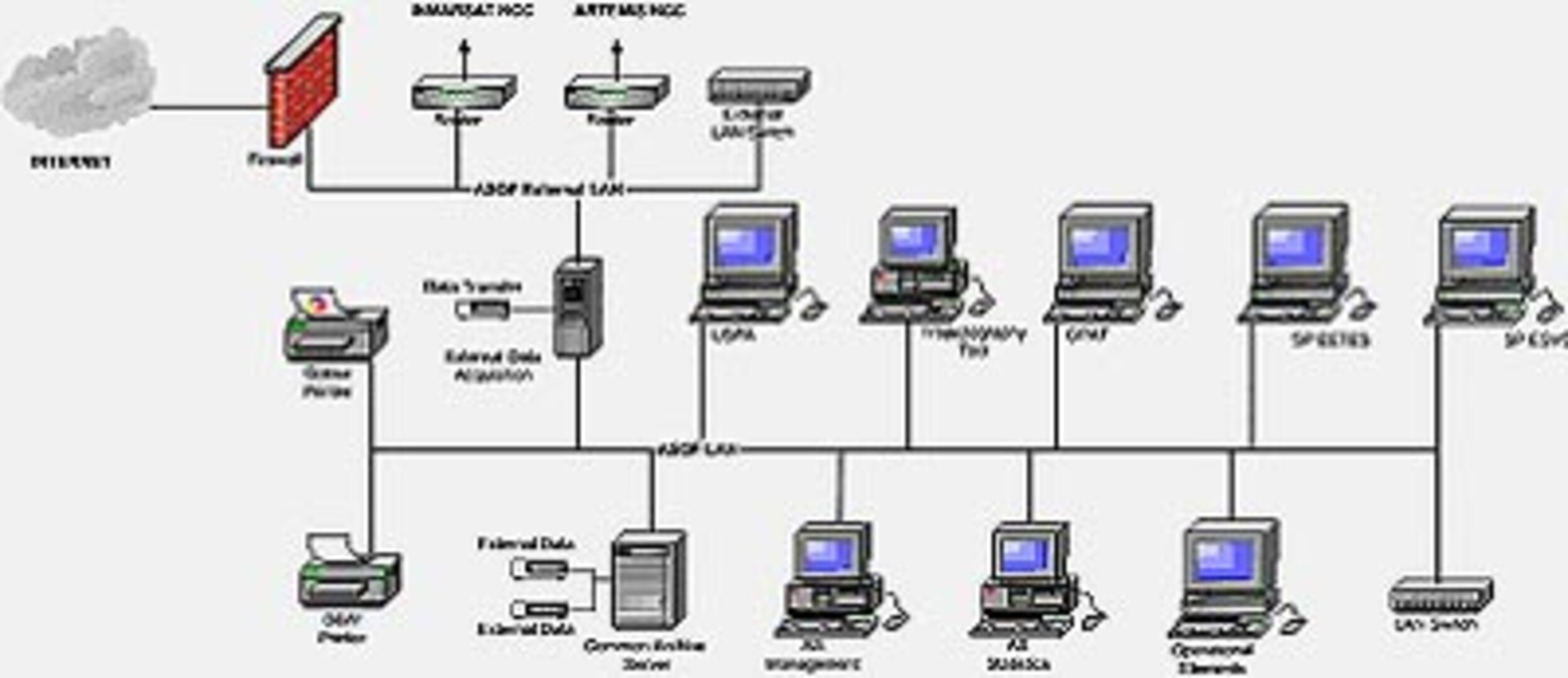Application Specific Qualification Facility
The EGNOS Application Specific Qualification Facility (ASQF) based at AENA is one of the support segment facilities developed under the EGNOS programme.
ASQF provides the technical means through which the user specific applications can be qualified, validated and certified, as necessary. Moreover, the ASQF provides the functions to analyse and assess system safety aspects, mission performances versus the system configuration, the application of flight procedures using this navigation system, its interoperability with other SBAS systems & GBAS systems, and to validate system performance prediction tools.
Most of the ASQF elements are readily available to support the qualification of EGNOS applications. The ASQF facility is complemented with a variety of high-grade EGNOS receivers specially indicated for performance analyses.
The elements of the ASQF are:
- Data Archive and Statistics
- Trajectography tool
- User-Specific Performance Analysis (USPA)
- Simulation and Prediction (S&P): EGNOS End-To-End Simulator (EETES) and EGNOS Service Volume Simulator (ESVS)
All these tools are situated at Aena’s Navigation Support Facility.
Data Archive and Statistics
This element provides a centralised physical storage and cataloging of all data sets used by the other ASQF elements and the results of their analyses. It is also responsible for the acquisition of the external data providing the interface for it. Moreover, it makes it possible to carry out a preliminary set of statistical analysis on some of the input data.
Trajectography tool
The trajectography tool is the GrafNav application. It is used to compute with high accuracy the “true” trajectory of a mobile receiver and delivers it in the format expected by other ASQF elements to compute the performance of the user.
User-Specific Performance Analysis (USPA)
The User-Specific Performance Analysis tool provides the following functionalities:
- Receiver function: it computes the navigation solutions from the raw measurements of a receiver and the SBAS messages collected by this receiver or a different source, applying the user standard equations. In this way it emulates a standard user receiver and its performances.
- Analysis of performance in the position domain: from the outputs of the Receiver module and the true position it computes firstly the navigation system errors and then the user performances.
- Analysis of performance in the ranging domain: it analyses the performance of the system for UERE computation.
- Extrapolation in the vicinity: it extrapolates some system performances around a static location.
- Analysis over the ECAC: it computes, over the ECAC, a series of instantaneous and performance values.
The main inputs are the raw measurements from a receiver (static or dynamic), its true position or trajectory and the SBAS messages.
Simulation and Prediction (S&P)
This is done using the EGNOS End-To-End Simulator (EETES) and EGNOS Service Volume Simulator (ESVS). This set of simulators constitute a fundamental tool to predict the system performances and the user performances, in the range of conditions it may encounter, in particular for degraded conditions.
The EGNOS End-To-End Simulator (EETES) simulates all the segments and components of the EGNOS System under either nominal or degraded conditions. In particular, it models the EGNOS Ground and Space Segment producing the EGNOS message, as well as the EGNOS User Segment; making it possible to assess EGNOS System integrity and continuity performances.
The EGNOS Service Volume Simulator (ESVS) accepts the EETES outputs, the result of sophisticated modelling, and analyzes the overall performances on the service area.




